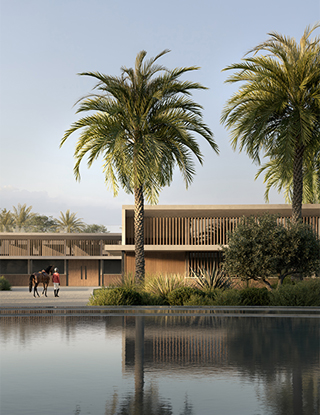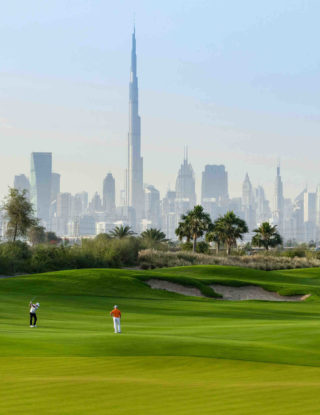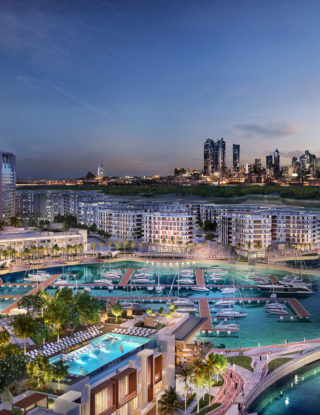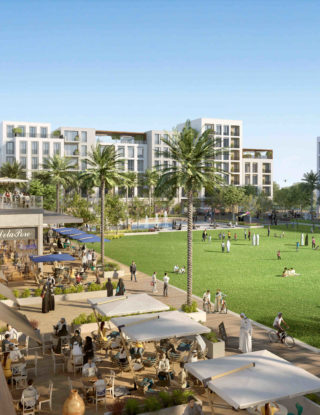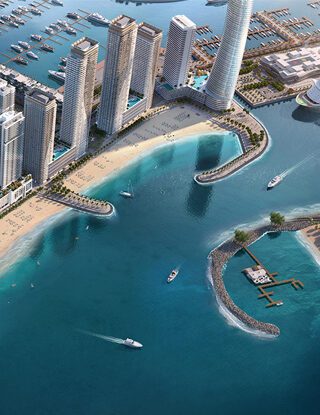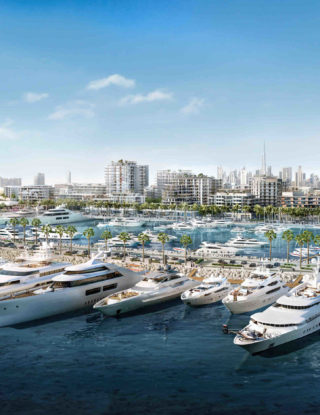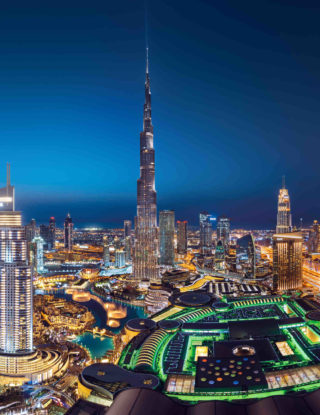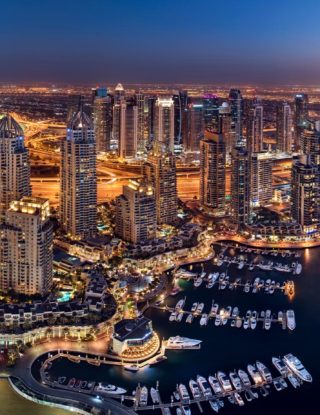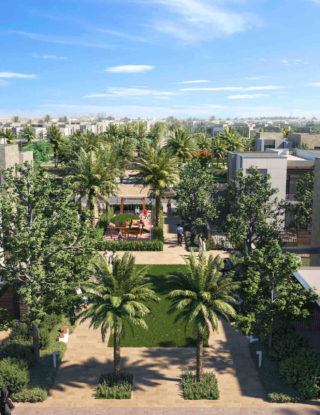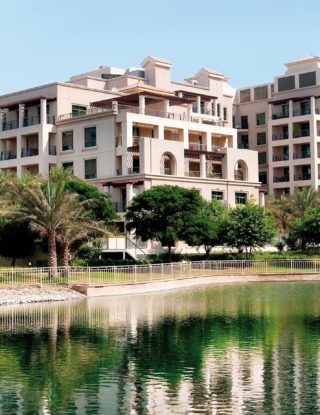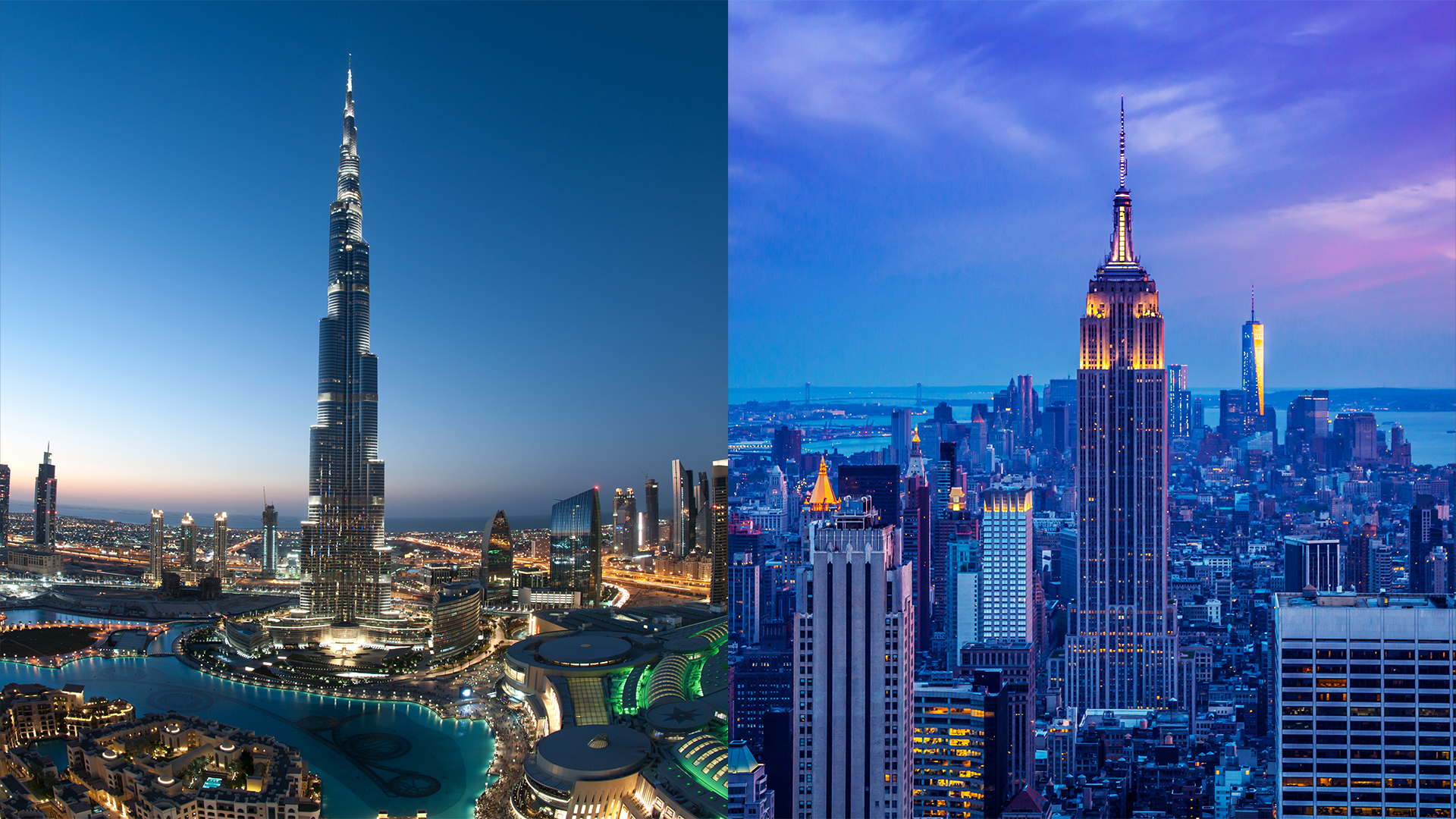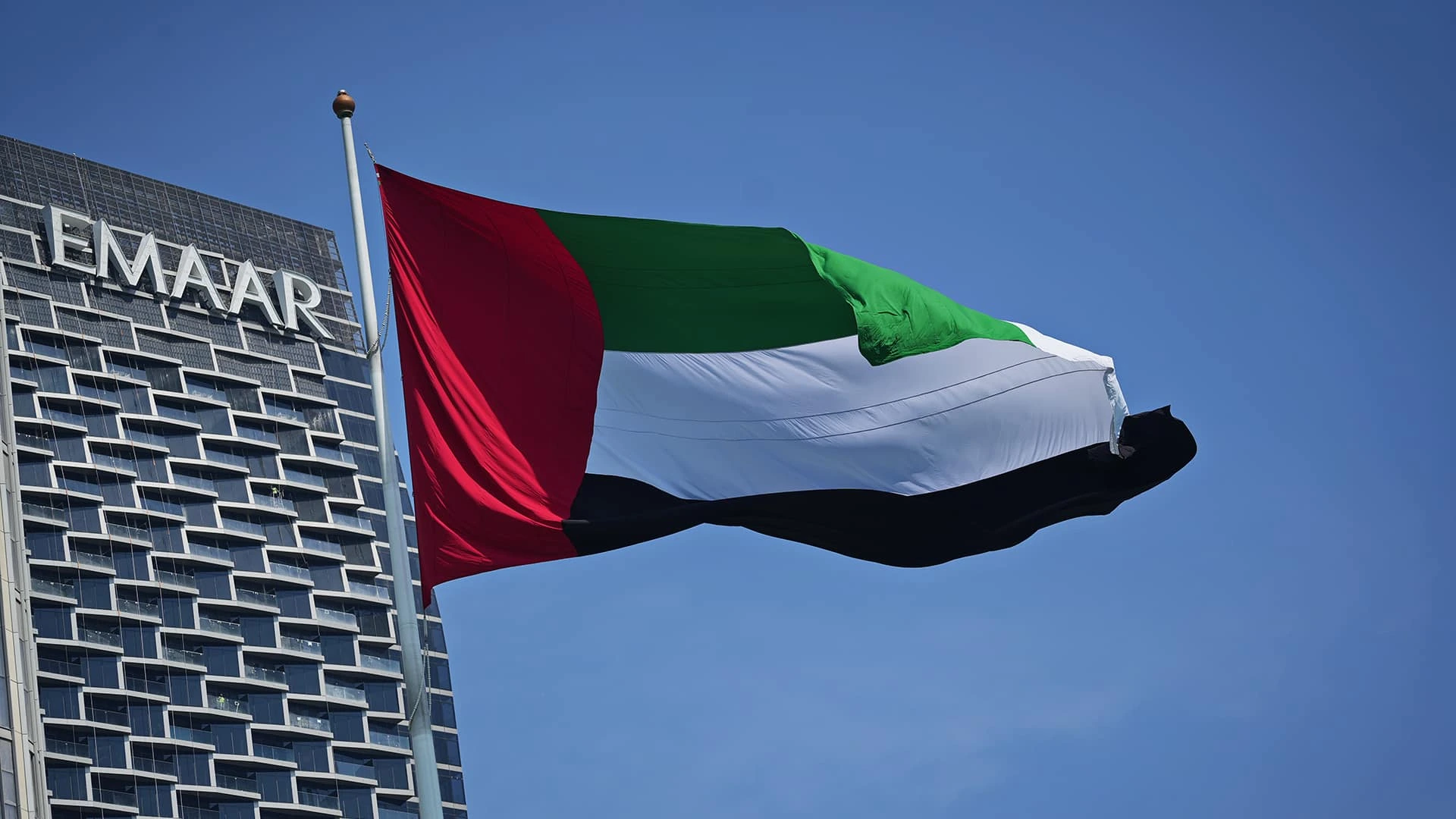When it comes to global property investment, few cities rival the allure of Dubai and New York. Both are international powerhouses—synonymous with luxury, opportunity, and ambition. Yet, beneath the skyline glamour lie two very different real estate markets. While New York offers stability and legacy appeal, Dubai promises rapid growth, high yields, and a tax-free environment.
For today’s global investors, understanding the nuances of these cities is essential. We take a closer look at both real estate markets, evaluating key factors such as rental yields, taxation, market trends, and luxury performance to determine which city offers better returns in 2025.
Market Trends & Investment Outlook
The New York City real estate market has a legacy of resilience and consistency. As one of the most mature property markets in the world, New York offers transparency, strong legal frameworks, and a steady history of capital appreciation.
Investors are drawn to its established neighborhoods like Manhattan and Brooklyn, where property values tend to hold firm through economic cycles. However, growth is incremental and often depends on macroeconomic stability and regulatory shifts.
In contrast, Dubai real estate growth has been exponential over the last few years. The city has experienced a record-breaking surge in property transactions, driven by visionary urban planning, strategic government reforms, and rising global interest.
Major Dubai real estate projects such as Emaar Beachfront, Downtown Dubai, Dubai Creek Harbour, and Dubai Hills Estate are reshaping the city and unlocking new opportunities. Investors are increasingly attracted to off-plan developments for their high appreciation potential, while completed properties in key areas are delivering quick returns and resale value.
Dubai’s broader real estate momentum continued into 2024, with total transactions reaching an impressive 226,000—valued at AED 761 billion. This reflects a 36% year-on-year increase in volume and a 20% rise in value.
Meanwhile, the New York City real estate market also posted strong results. Investment sales surged to US$28.3 billion (approximately AED 103.86 billion) in 2024, marking a 26% increase from the previous year.
New York City’s real estate market is entering a more stable and optimistic phase. After years of uncertainty, regulatory clarity has created a more predictable environment for landlords and developers. Initiatives like the City of Yes, focused on zoning reform and unlocking underused space, are expected to fuel new development opportunities.
Meanwhile, Dubai continues to show exceptional growth momentum. Driven by investor-friendly policies, visa reforms, and high global demand for luxury Dubai real estate, the market has seen a consistent upward trend. With transaction volumes reaching record highs in 2024, the outlook for Dubai remains bullish, especially as new master-planned communities and waterfront projects launch.
Taxation & Profitability
Taxation is one of the most striking differences between the two markets. In New York, property investors face a series of financial obligations including property taxes, capital gains tax, and in some cases, income tax on rental earnings.
Property taxes alone range from 10% to 20%, significantly affecting net yields. Additionally, the process of buying and selling is often more complex and expensive, particularly for international buyers navigating U.S. regulations.
Dubai, on the other hand, offers a tax-free investment environment. There are no annual property taxes, no capital gains tax, and no income tax on rental revenue. This makes real estate in Dubai especially appealing for investors who want to maximise returns without the heavy burden of tax deductions. The ease of doing business and streamlined ownership laws for foreigners further increase Dubai’s attractiveness as an investment destination.
Rental Demand & Yields
Rental demand in New York is consistent, fueled by a population of over eight million residents, a strong student population, and a high number of professionals. Super prime locations and popular neighborhoods include Manhattan, Brooklyn and Queens. These prime areas boast high rental yields, strong resale value, access to key infrastructure and close proximity to business, culture, and luxury retail.
In contrast, real estate in Dubai offers some of the highest rental yields globally. With gross investment yields of around 7%, nearly double New York’s yield of 4.2%, Dubai continues to attract investors seeking passive income.
The demand for rentals is steadily rising, fueled by an influx of expats, digital nomads, and affluent tenants. Prime Communities like Downtown Dubai, Dubai Hills Estate, Emaar Beachfront, The Valley and Dubai Creek Harbour outperform expectations in both occupancy and price growth.
Economic Drivers & Investor Confidence
New York’s economic strength lies in its position as a global financial, cultural, and educational hub. With Wall Street, major corporate headquarters, and world-class universities, it maintains long-term investor confidence. However, economic growth is relatively mature, and regulatory changes, such as rent control laws and increasing property taxes—can pose challenges for some investors.
Dubai, in contrast, is a fast-developing market with ambitious economic goals and pro-investment policies. The city’s strategic location between East and West, coupled with its future-focused development model, continues to attract multinational companies and high-net-worth individuals.
Investor confidence in Dubai has soared due to initiatives such as the Golden Visa, relaxed residency rules, and major infrastructure investments in transportation, technology, and tourism, all of which support the real estate sector’s momentum.
Global Magnets for Wealth and Investment
In 2024, Dubai’s real estate sector welcomed 110,000 new investors—a remarkable 55% year-on-year increase. This surge underscores the emirate’s position as a global investment hub, driven by a forward-thinking ecosystem that continues to attract international interest while fueling long-term, sustainable growth across the property market.
Certain global cities are emerging as top destinations for wealth and investment, successfully attracting both high-net-worth individuals (HNWIs) and internationally mobile businesses.
This shift is driven by a combination of changing geopolitical dynamics, evolving tax regimes, and the growing importance of quality-of-life factors. Dubai and Abu Dhabi now lead the pack, offering a compelling mix of personal tax advantages, lifestyle appeal, and a thriving ecosystem for affluent individuals and enterprises alike.
Luxury Segment Performance
The luxury Dubai real estate market is booming. From branded residences and private villas to waterfront penthouses, luxury offerings in prime location areas are attracting global elites. These properties combine exclusivity with resort-style living and high returns, making Dubai a major contender in the international luxury real estate scene. Buyers in this segment benefit from both capital appreciation and strong rental demand from ultra-high-net-worth tenants.
New York has always been synonymous with prestige. The New York property market includes some of the world’s most iconic residential buildings and neighborhoods—SoHo, Tribeca, and the Upper East Side, to name a few.
While luxury homes in NYC command top prices, their performance is generally tied to long-term capital preservation rather than short-term gain. Investors in this segment tend to be institutional or legacy-driven, prioritizing stability over aggressive ROI.
For perspective, US$ 1 million secures some 980 sq ft of prime residential space in Dubai, compared to just 366 sq ft in New York—underscoring Dubai’s unmatched value in the global luxury segment.
Which Market Wins?
For global investors considering opportunity, growth, and profitability, Dubai continues to gain ground on more established markets like New York.
New York offers long-term stability, strong legal frameworks, and regulatory stability, making it a solid choice for conservative investors. However, higher taxes, slower capital growth, and a more complex regulatory environment can make it less appealing for those seeking agile returns—particularly international buyers.
Dubai presents a compelling alternative. Its tax-free structure, higher rental yields, streamlined processes for foreign ownership, and forward-looking urban development contribute to its growing reputation as an investment hub. With ambitious city planning, investor-friendly policies, and a fast-evolving luxury segment, Dubai is quickly becoming a global real estate hub. For investors looking for strong returns, a pro-investment environment, and long-term growth potential, Dubai makes a top-tier destination in the global real estate landscape.
